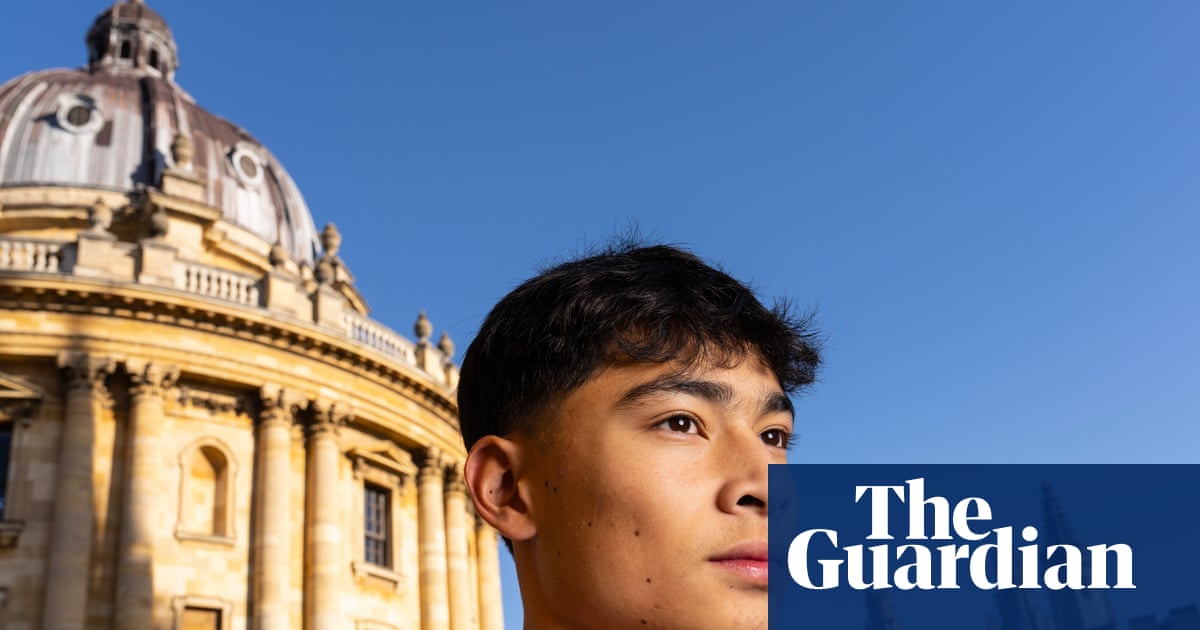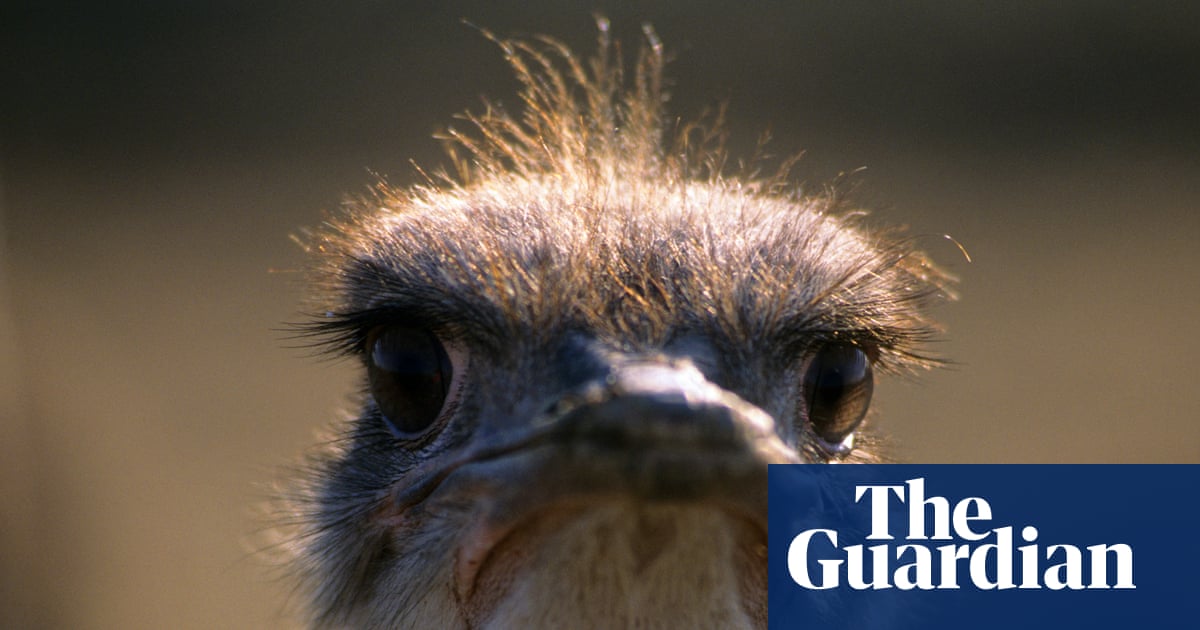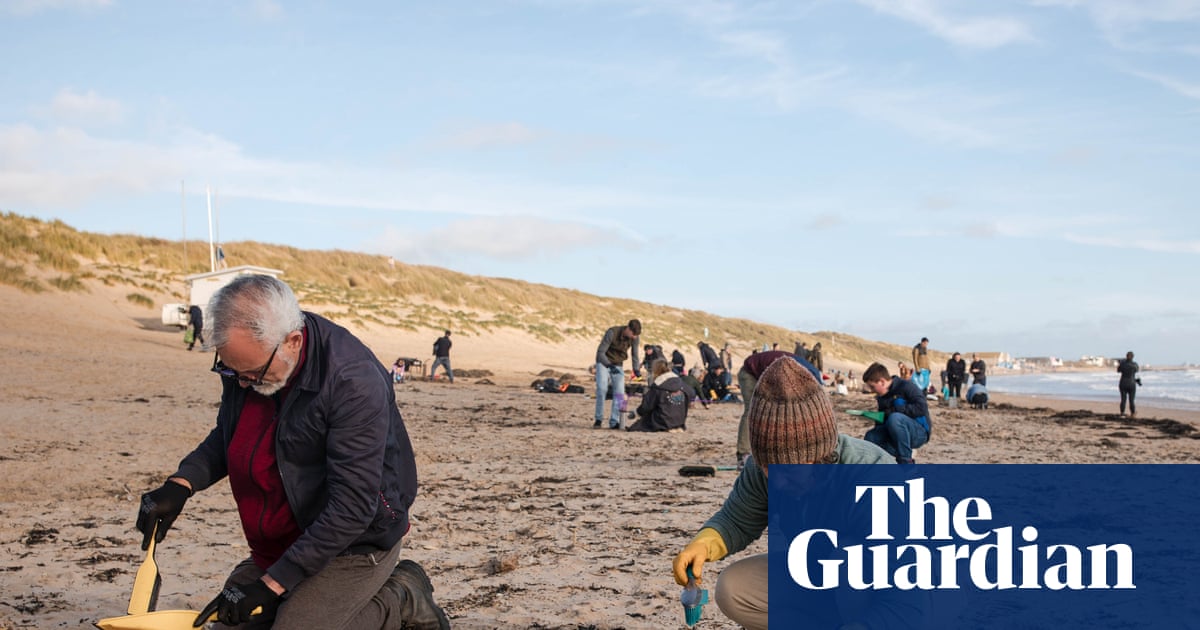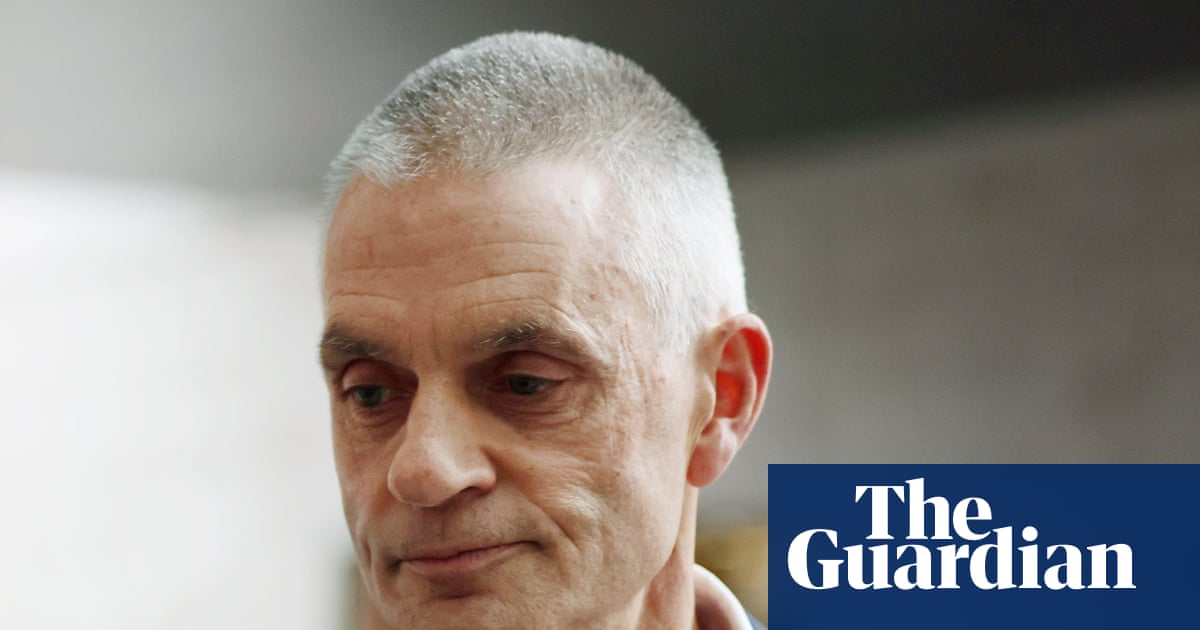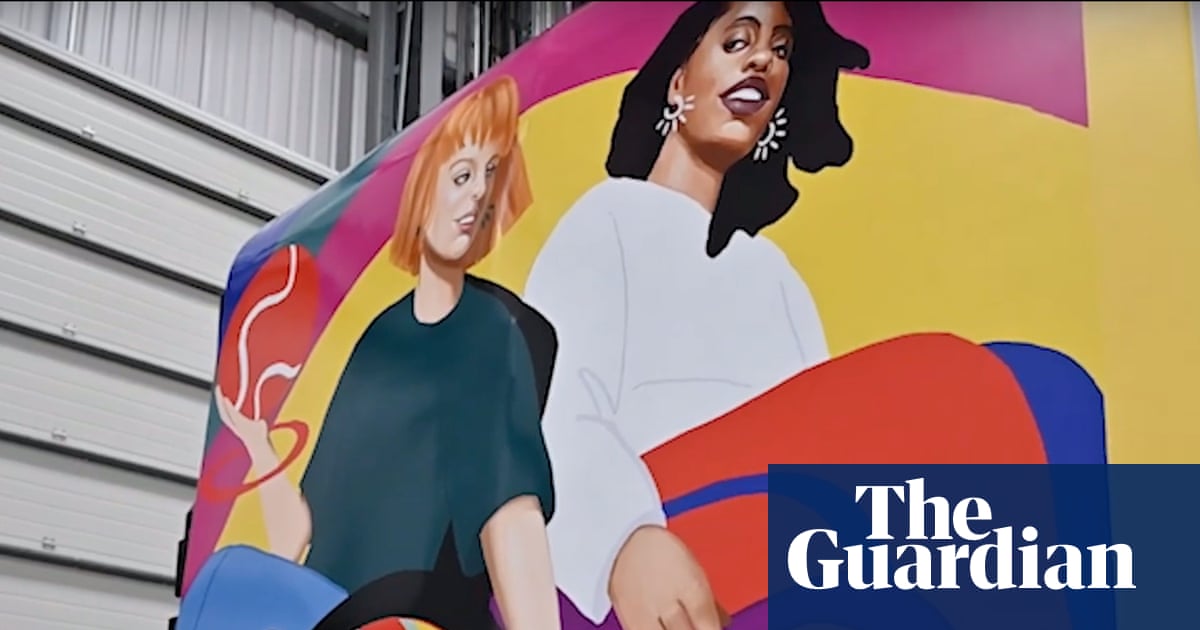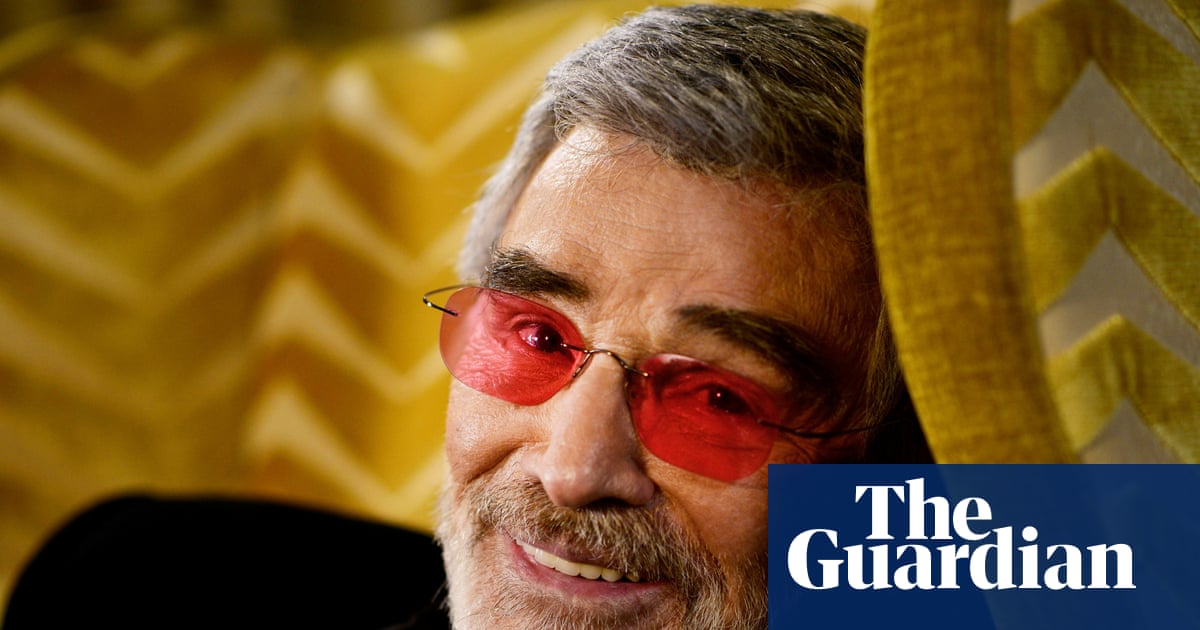Diners fall silent as the haunting sound of the aulos – a double-piped wind instrument from ancient Greece – echoes through the vaulted breakfast room. The musician, Davide, wears a chiton (tunic), as do the guests; the mosaic floor, decorated vases and flicker of flames from the sconces add to the sense that we’ve stepped back in time.
This is Moyseion, a one-of-a-kind hotel-museum in the famous troglodyte city of Matera, in Basilicata, known for its sassi – cave dwellings carved into the limestone mountainside. Every detail has been carefully designed to transport visitors to Magna Graecia, as this area of southern Italy was known when it was ruled by the ancient Greeks from the 8th-6th century BC.

Dreamed up by owner Antonio Panetta, an artist and lawyer turned hotelier who grew up nearby, the idea was to create “an immersive experience of history – a living work of art, where archaeology, myth and hospitality combine”. Four years in the making, it opened fully this summer in a series of restored sassi close to the city centre.
Replicas of museum artefacts are on display, from urns to jewellery, while the handmade furniture copies designs seen on ancient pottery – three-legged tables, wall-mounted torches, vast wooden chests. Eight of the 16 stone dwellings are inspired by ancient Greece – high wooden beds, natural fabrics, cabinets with items depicting daily life of the era. They’re spacious, comfortable and remarkably calming (mod cons such as mirrors and hairdryers are carefully hidden from view). Other rooms reflect pre-Greek periods.
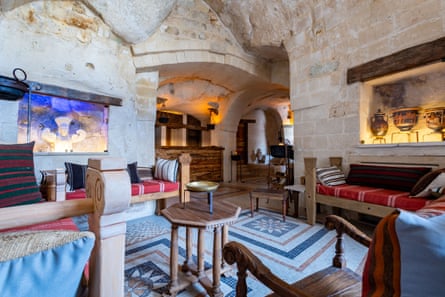
In the basement, the Sanctuary of Waters is a multilevel spa dedicated to the goddess Demeter, evoking sacred sites of a lost world. It’s a moodily lit space with pools, statues of deities and stone basins based on Hellenistic thermal complexes. The floor mosaics are replicas of archaeological finds.
But what really makes this place special is the young in-house team of archaeologists, classicists, musicians, performers, costume designers and dancers that bring everything to life with a passion for history that they’re keen to share. Staff have worked with international specialists in everything from ancient music to choreography and cuisine to ensure an authentic experience – it took a year simply to master the circular breathing needed to play the aulos, Davide tells me. Guests become part of the action as they take part in daily rituals and symposiums. I’d worried it would feel like a theme park, but as I wander around in my chiton, a musician playing a specially created trigonon (small triangular harp), it somehow feels magical, not gimmicky.
Matera itself is layered with history. Believed to be the third oldest city in the world, after Aleppo in Syria and Jericho in Palestine’s West Bank, its location on the edge of a ravine adds to the drama. We arrive at night, a bright moon hanging above the rocky limestone landscape and maze of honey-coloured streets, like a timeless nativity scene. No wonder this place has had a starring role in countless films, from Mel Gibson’s controversial The Passion of the Christ and the 2016 remake of Ben-Hur (both times standing in for Jerusalem), to James Bond’s famous car chase through the old town in No Time to Die.
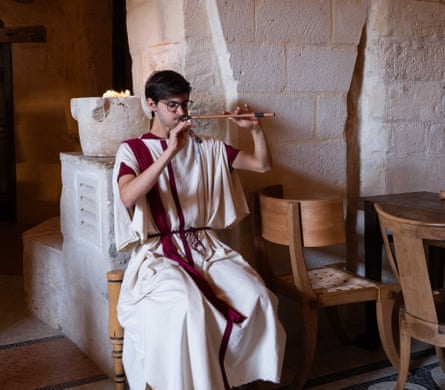
We explore the sassi with guide Sandra, navigating the winding streets and piazzas, a jigsaw puzzle worthy of an Escher drawing. Divided into two ancient districts, Sasso Caveoso and Sasso Barisano, with the medieval Civita (old town) between, dwellings were both natural and human-made, partly dug into the rock and extended over millennia. Some were homes, some became part of the many monasteries and churches, incorporated into newer buildings that rose above them. Later, grand villas and palaces sprang up, such as Palazzo Viceconte (a Bond location), and Palazzo Malvinni Malvezzi, where Francis Ford Coppola is shooting his new film, Distant Vision, opposite the 13th-century romanesque cathedral.
By the 1950s, however, the city had been dubbed the “shame of Italy” due to the poverty and unsanitary living conditions in the sassi. A 1952 law declared them uninhabitable and more than 15,000 people were moved to new, modern quarters on the outskirts of town. The cave dwellings stood empty until the late 1980s, when people slowly started moving back to restore them as hotels and restaurants. Unesco world heritage status came in 1993 and it was a European capital of culture in 2019, putting the city firmly on the tourist map.

At every turn there is something new to gawp at. We visit the preserved cave house in Vico Solitario, which shows how life would have been when it was last inhabited in 1956 – mules and chickens living alongside the family, shelves and niches carved into the walls. We admire frescoes in churches excavated into rock – the Santa Maria de Idris and adjoining San Giovanni in Monterrone on a rocky spur with amazing views are among the most impressive.
I love Musma, a wonderful sprawling gallery space that’s part 16th-century palazzo, part ancient cave complex, dedicated to contemporary art and sculpture. We visit artists keeping traditional crafts alive, too, weaving cloth on looms and carving wooden bread stamps, once used to imprint the owner’s initials on huge durum wheat loaves before they were cooked in the communal ovens.
On a dine-with-locals experience we’re welcomed into the home of Marisa and Fernando and feast on endless plates of fried olives, bocconcini and artichoke, homemade pasta and fichi d’india (cactus fruit) as they share stories of Matera past and present. One afternoon we cross the suspension footbridge over the Gravina River to the other side of the gorge and climb to Murgia park, a vast wild rocky plateau pocked with hundreds of rupestrian churches (churches carved into rocks or cave walls). It’s the perfect vantage point to look back and watch the sunset paint the pale limestone town rose gold.
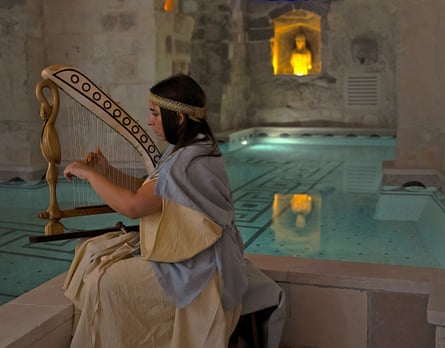
But it’s time spent at Moyseion and the people we meet there that stick in my mind. The ritual held in the water sanctuary each day, where we follow performers playing the lyre and recreating mythical tales of gods and goddesses; the evening symposiums where wine, music, dance and conversation are shared, as they would have been in ancient Greece.
Even breakfast – akratisma – is an experience, the menu carefully researched and curated by food anthropologists and historians, and prepared by chef Vita. The table is laden with various breads and cheeses and cakes – melitoutta made with yoghurt, honey and cinnamon, plakous made of filo pastry with ricotta, figs and walnuts. There’s barley salad with pomegranate, spreads made of wild onion, mushrooms or olives, quails’ eggs and sausage. The hotel has also started hosting courses and residencies in ancient music and dance, the first focusing on the lyre, working with Lotos Lab, a research centre in Cambridge, and world-class scholars.
Matera has an important archaeological museum (closed for refurbishment during our visit), but few visitors to the city actually go, Panetta tells me. “People don’t want to just observe history and stare at things in a museum, they want to experience it in a real way,” he says. “When guests come here, they soon realise this is not Disney. The past is still alive in our souls – we want you to feel the past in the present, to make the past live again.”
The trip was provided by Moyseion. Rooms from €184 a night, including breakfast, rituals and symposium. Ferula Viaggi offers a range of tours in Matera, Basilicata and Puglia

 2 hours ago
5
2 hours ago
5

